#glyptodont!
Explore tagged Tumblr posts
Text
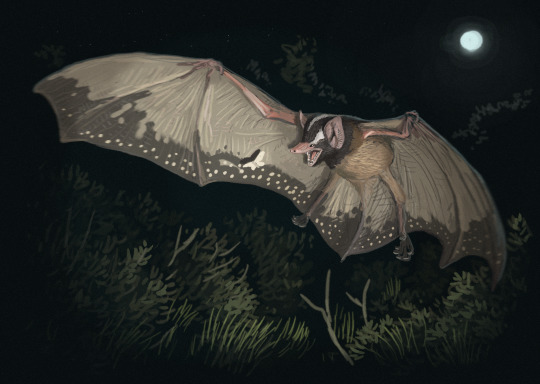
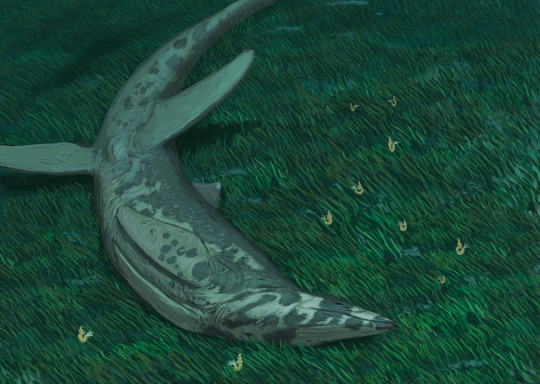


Results from the #paleostream
Synemporion, Megapterygius, Neosclerocalyptus and Trachytheuthis.
#sciart#paleoart#paleostream#palaeoblr#mosasaurs#jurassic#squid#cephalopod#bat#Synemporion#glyptodont
702 notes
·
View notes
Text

Animal Ghosts. Edited by Claudia Clow. Illustrated by Walt Disney Productions. 1971.
Internet Archive
150 notes
·
View notes
Text

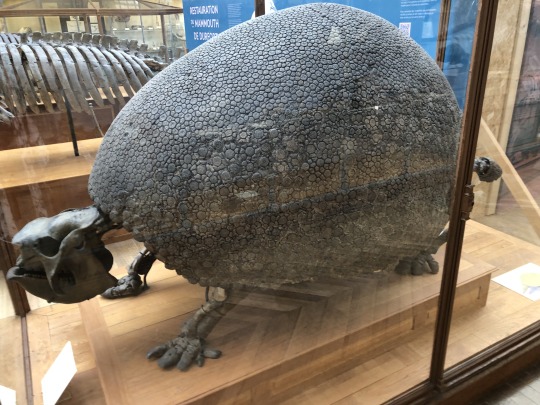
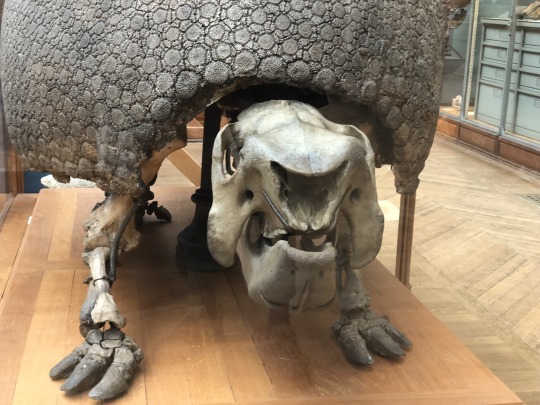
Face to face with God.
330 notes
·
View notes
Text

A fossilized osteoderm, possibly Panochthus sp. from Río Luján, Argentina. Panochthus was a species of glyptodont or extinct giant armadillo. This specimen was originally labeled as Sclerocalyptus ornatus which has since been synonymized into the genus Neosclerocalyptus. But the morphology seems to better match the description of Panochthus.
#synapsid#mammal#fossils#paleontology#palaeontology#paleo#palaeo#panochthus#armadillo#glyptodont#xenarthran#pleistocene#cenozoic#prehistoric#science#paleoblr#パノクトゥス#アルマジロ#化石#古生物学
7 notes
·
View notes
Text
just found out about the existence of pink fairy armadillos. inconsolable
#what the fuck. what the fuck........#what do u mean these r real creatures actually on this earth#and are the closest living relatives to the glyptodont#like. what the fuck do you MEAN??????#it literally looks like a pokemon like its not supposed to be real#insert chris fleming 'was anyone gonna tell me' jpg#mine#animals
2 notes
·
View notes
Text
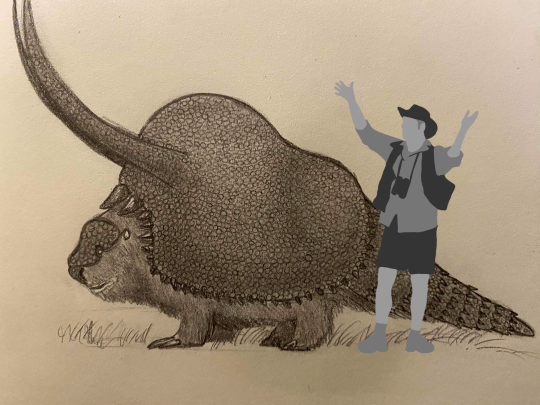

The lads, enemies for life
A fictional glyptodont (Glyptocube even) and a fictional giant terrorbird
67 notes
·
View notes
Text
this is a startling and impressive find by a farmer. Mere shells of ancient armadillo discovered in one place, all that is left behind of the deceased, large husks that are magnificant.
2 notes
·
View notes
Photo
[GIF Description: a monochrome animation of a man petting a glyptodon skeleton, which wags its tail like a dog. End GIF description.]

That’s a good glyptodon!
Image from Catalogue of casts of fossils, from the principal museums of Europe and America, with short descriptions and illustrations (1866)
Despite the dinosaur-like appearance of it’s fossil skeleton, glyptodon was a relative of the modern armadillo that lived in the Pleistocene and became extinct around 10,000 years ago.
487 notes
·
View notes
Text
Oh, I just found a really funny picture from one of those old-timey movies in which they used actual animals to portray prehistoric ones:

I mean, using a modern armadillo species to portray some sort of glyptodont (I guess that’s where they were going with this?) is much more accurate than using an iguana to portray a Tyrannosaurus but I cannot overstate just how much this guy here is one of the furthest living things to a glyptodont you can still call an armadillo.
503 notes
·
View notes
Text

Another #paleostream sketch
Doedicurus, standing bipedally. There are actual publications that indicate that even these enormous armadillos were able to walk on their hind limbs. Also their osteoderms show openings for hair follicles, so their armor was partially furry.
232 notes
·
View notes
Text


Glyptodonts! I've got Doedicurus and Glyptodon, but there's plenty more to cover!
Stickers || Phone Wallpapers Masterlist
55 notes
·
View notes
Text
Wait hold up. It is NOT related to pangolins in any way other than like, being a placental mammal. Glyptodon is an armadillo (they were thought to be closely related but outside of them, but have now been found to be nested within the extant armadillos), aka order Cingulata, which are Xenarthrans - the sloths, armadillos and anteaters. Anteaters are suborder Vermilingua, not "any animal that eats ants", to be clear. Xenarthra is of uncertain placement among the placental mammals, but often recovered as one of most distantly related groups, e.g. sister group to Afrotheria (itself a weird bunch that includes aardvarks, manatees and elephants), or sister group to all other placentals. Pangolins are order Pholidota, which is within clade (or mirorder) Ferae, which includes Pangolins and Carnivorans (order Carnivora, cats, dogs, bears, mongooses, weasels, seals, etc). Ferae in turn is part of Ferungulata, which is Ferae and Ungulates (hoofed mammals, including whales).
Glyptodon is less related to pangolins than you are to a treeshrew. Glyptodon is in the orange near 4 o'clock, Pangolin is just past 6 o'clock in the below image:

Credit: the OrthoMaM team at the Institute of Evolutionary Sciences of Montpellier (ISEM) and at the University of Montpellier. OrthoMaM v10: Scaling-up orthologous coding sequence and exon alignments with more than one hundred mammalian genomes. Scornavacca C., Belkhir K., Lopez J., Dernat R., Delsuc F., Douzery E. J. P., & Ranwez V. Molecular Biology and Evolution, 2019, 36 : 861–862.

Glyptodon, a giant extinct relative of armadillos and pangolins.
Vintage book plate.
90 notes
·
View notes
Text

This is the preserved shell of a giant 'ancient armadillo' creature called Glyptodont that roamed the earth around 20,000 years ago. A farmer in Argentina uncovered four of them in a dried-out riverbed near Buenos Aires in February 2020.
More details/photos: https://hasanjasim.online/ancient-armadillo-the-size-of-a-car-discovered-in-argentina/
498 notes
·
View notes
Text
Worldbuilding
If there’s anything I suck at more than anything in fiction, it’s world building.
So let’s get started.
The general idea of my sci fi world is that Earth has just joined the stars. While this is public knowledge, there is very little known about its dominating species, “humans.” However, Earth has been classified as a Class D planet.
Every planet in the universe can fall under certain labels and classifications based on their abilities to sustain life. N Class planets are incapable of sustaining life, and are what make up most of the universe. Whenever a planet with life is found, it is first classified by what kind of life inhabits it. The two options are sentient and non-sentient. Then, if sentience is recognized: advanced or primitive? A society becomes advanced when they have an established connection to technology.
If no sentient species is established, then the planet is analyzed for threat levels of wildlife and disease. This is their “danger class,” and trumps all other classes. If the danger class is high enough, it is then considered a “death planet” and thus is much too dangerous to land on.
The Interstellar Safety Commission is the governing body responsible for this, and publicizes information about such on all planets that are candidates for resource harvesting and/or colonization. They also do this for private companies who are hoping to mine out various planets.
This organization has existed for almost 30,000 years.
Earth was the subject of this classification just before human’s began building civilizations. At the time, not only did the federation find that the planet had, at one point, been hit by an asteroid, but that the planet was teeming with violent creatures. The federation was newer at the time, it’s many members being unfamiliar with the many shapes that life can take. Thus, sights like the glyptodonts and prehistoric hippos were new and unfathomably terrifying.
Because of the mass amount of planets across the universe, typically the solar system around a “death planet” will be quickly archived. Organizations that apply for legal planet mining can easily find new ones nowadays as tech has grown significantly since the start of the ISC. So Earth was largely forgotten, as was our solar system. So much so that our little corner of the Milky Way was one of many little things that was forgotten. This is a loophole that many exploit but that will be discussed later.
Because there was no observation of our planet after this, Earth was pretty much left to evolve in peace. 10,000 years later, it’s the year 2088 and Earth has joined the stars. Upon reviewing the planet we came from, the ISC was baffled by our ability to survive, much less evolve on what is largely considered a “death planet.” Due to this information being public, many rumors started about the human race. We’ve been amongst the stars for almost a decade, which is nothing in the great span of the universe.
Humans have barely begun diplomatic missions with the universe, as our tech is extremely primitive in comparison to most alien tech. This contributes to the grand mystery around humans.
The main misconception is that humans are naturally aggressive and deadly. They are also all huge, hulking creatures with sharp teeth and a kick like no other. As time passes in space, and we learn more about our place among the stars, many of us learn one great truth about our impression on the universe.
Humans.
Are space orcs.
#science fiction#writing inspiration#my writing#original post#sci fi writing#sci fi shitpost#sci fi and fantasy#i just love the humans are space orcs trope#humans are space orcs#humans are weird#humans are space australians#humans are space oddities#humans are deathworlders
241 notes
·
View notes
Text

Doedicurus - another recently extinct giant herbivore, belonging to the subfamily Glyptodontinae, known as glyptodonts. These armadillo relatives roamed South America's pampas until about 7,000 years ago, when they went extinct due to climate change and hunting by humans.

Doedicurus, similar to modern armadillos, had a dome-shaped shell. Unlike most of their modern relatives, it also had a mace-like tail, which was used for inter-species fighting and probably for defense against predators such as Smilodon and Arctotherium. Although we don't know much about the social life of Doedicurus, it's very possible that they lived in small groups or even herds, as fossils of some of their close relatives, Panochthus and Glyptodon, have been found clustered together.

The closest living relative of Doedicurus is the pink fairy armadillo, the smallest cingulate. These tiny creatures live in South America's scrublands and spend most of their lives underground. Despite their size, they share a club-like tail with their larger cousin.

#3d#blender#paleontology#paleoart#armadillo#glyptodon#doedicurus#pinkfairyarmadillo#animals#prehistoric
64 notes
·
View notes
Text
Modern armadillos are cool, but it's a real shame we don't have Glyptodonts anymore. And Pampatheres for that matter.
Something I respect about dinosaurs is that they're very direct. Want to eat leaves off trees? Just grow a really long neck I guess. Wanna go fast? Get good legs. Wanna beat the shit out of something? Hard skull. Wanna just eat everything? You've come to the right place Mr T-Rex here's a huge fucking mouth
1K notes
·
View notes